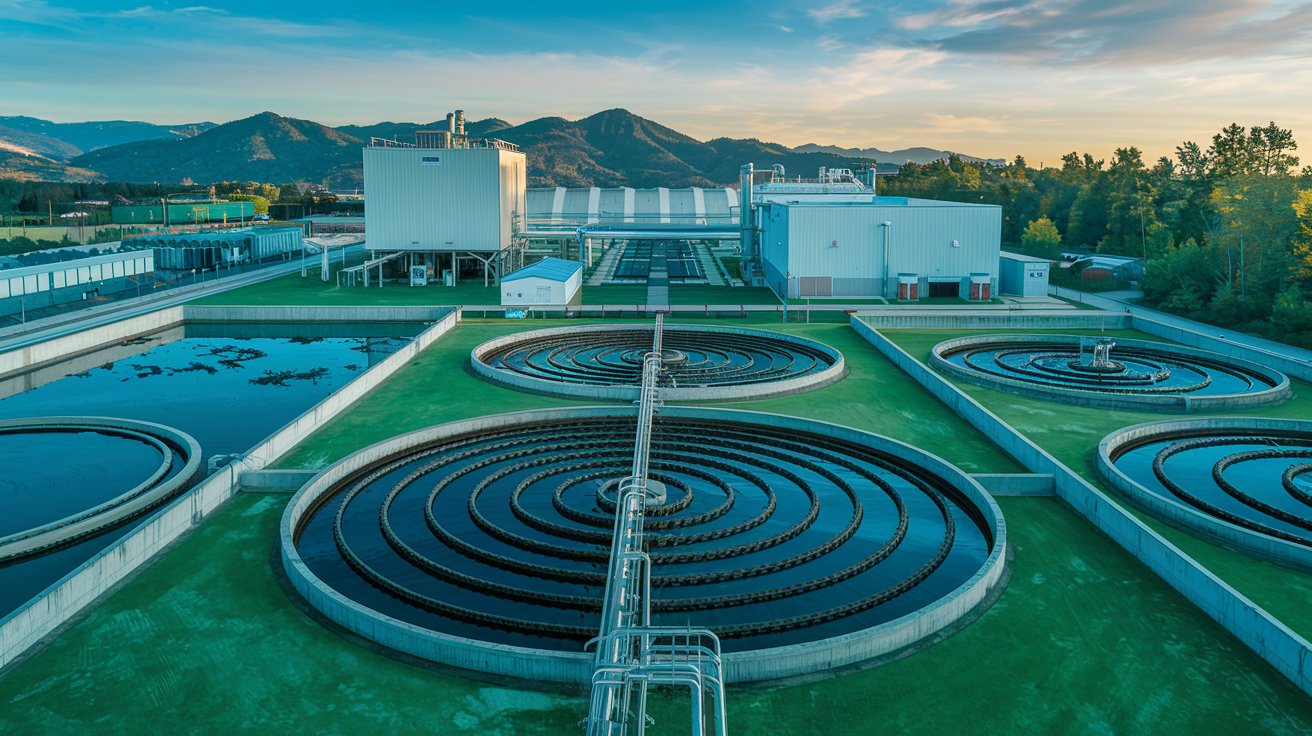In the ever-evolving landscape of water and wastewater management, staying ahead requires more than just routine checks, it demands intelligent, real-time insights. Enter the OmniSite XR50, a device that’s redefining how utilities monitor and manage their systems. By integrating seamlessly with the 4 stages of wastewater treatment, the XR50 ensures that every drop is accounted for, and every anomaly is addressed promptly.
The Evolution of Field Monitoring
Traditionally, monitoring water systems involved manual inspections and reactive maintenance, a process both time-consuming and prone to oversight. With increasing regulatory pressures and the need for efficiency, utilities sought smarter solutions. The XR50 emerged as a response, offering a blend of reliability, affordability, and advanced technology.
Unpacking the XR50
H2: What Makes XR50 Stand Out?
-
Cellular Connectivity: Utilizing local cellular networks, the XR50 ensures consistent communication without the need for dedicated phone lines or proprietary radio systems.
-
Real-Time Alerts: Whether it’s an unexpected surge in flow or equipment malfunction, the XR50 sends immediate notifications via email, text, or voice call, keeping operators informed 24/7.
-
Web-Based Interface: With OmniSite’s GuardDog platform, users can access data from any device with a web browser, eliminating the need for specialized software.
-
Versatile Inputs: The device supports multiple input types, allowing for comprehensive monitoring of various parameters like pump runtimes, cycles, and more.
Integration with the 4 Stages of Wastewater Treatment
The XR50 isn’t just a monitoring device; it’s an integral component that enhances each stage of wastewater treatment.
H3: Stage 1 – Preliminary Treatment
In this initial phase, large debris and grit are removed to protect downstream equipment. The XR50 monitors screens and grit chambers, alerting operators to blockages or equipment strain, ensuring uninterrupted flow.
H3: Stage 2 – Primary Treatment
Here, solids settle, and scum rises in clarifiers. The XR50 tracks sludge levels and clarifier performance, sending alerts if anomalies like overflows or rising sludge blankets are detected, maintaining system balance.
H3: Stage 3 – Secondary Treatment
This biological phase breaks down organic matter. The XR50 monitors oxygen levels and flow rates, ensuring optimal conditions for microbial activity and alerting to any deviations that could compromise treatment efficiency.
H3: Stage 4 – Tertiary Treatment
The final polishing stage removes remaining contaminants. The XR50 oversees chemical dosing and filtration systems, ensuring treated water meets quality standards before discharge or reuse.
Real-World Impact
H4: Case Study: Enhancing Efficiency in Municipal Systems
A Midwest town faced frequent sewer overflows, leading to environmental concerns and regulatory fines. By implementing the XR50, they achieved real-time monitoring of lift stations, enabling proactive maintenance and significantly reducing overflows.
Why XR50 is the Future of Field Monitoring
-
Cost-Effective: Offers a fraction of the cost compared to traditional SCADA systems, making advanced monitoring accessible to utilities of all sizes.
-
Easy Installation: Designed for quick setup without the need for specialized technicians, ensuring rapid deployment.
-
Scalable Solutions: Whether monitoring a single pump station or an entire network, the XR50 adapts to varying needs, providing consistent performance.
Conclusion: Embracing Intelligent Monitoring
Incorporating the XR50 into wastewater management isn’t just an upgrade, it’s a transformation. By providing real-time insights and seamless integration with the 4 stages of wastewater treatment, the XR50 empowers utilities to move from reactive responses to proactive strategies. As water systems face increasing demands and challenges, tools like the XR50 will be pivotal in ensuring sustainability, compliance, and efficiency.









